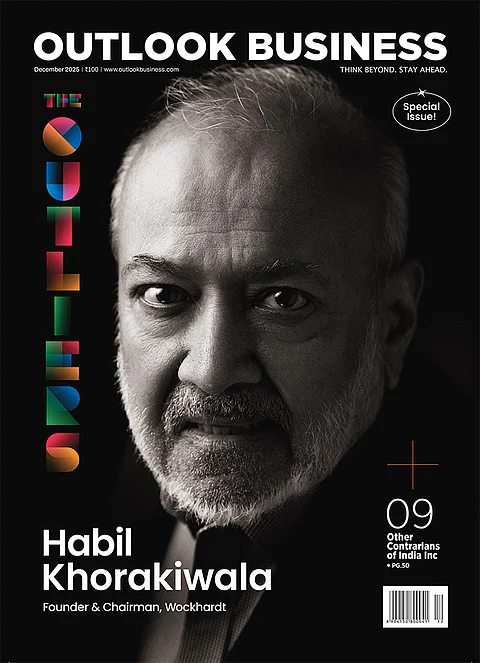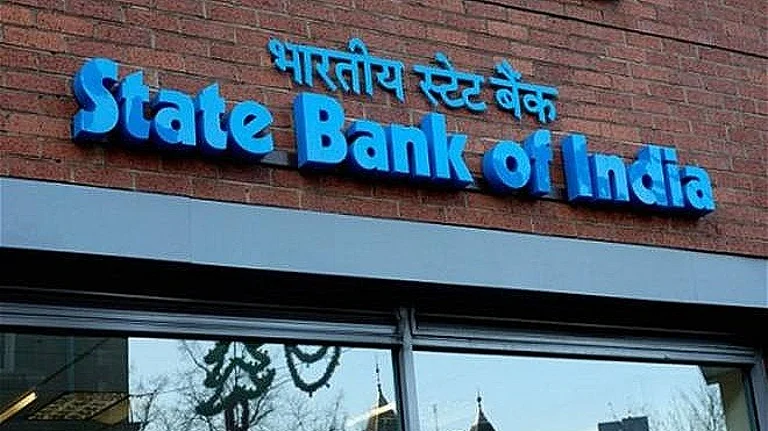
SEBI’s ban on mutual funds’ pre-IPO placements has cut off a crucial link between India’s private and public markets.
Mutual funds like SBI and Kotak had been key backers of late-stage startups such as Lenskart, Nykaa, and PharmEasy.
The ban could tighten pre-listing funding, lower valuations, and delay deals as startups turn to AIFs, family offices, and foreign investors.
SEBI’s ban on mutual funds’ pre-IPO placements has shut a critical bridge between India’s private and public markets. The move caught many founders and VCs unaware, as such placements had been a key credibility and liquidity channel for late-stage startups.
Mutual funds like SBI and Kotak had become vital pre-IPO investors, providing not just capital but credibility. SBI MF invested ₹100 crore in Lenskart, while Kotak deployed ₹653 crore across Nykaa and PharmEasy. Such backing often helped startups command premium valuations during IPO bookbuilding. Now, with SEBI’s bar in place, startups lose a domestic investor base that offers both liquidity and legitimacy. This would lead to tighter pre-listing funding, conservative pricing, and delayed deal closures as companies turn to AIFs, family offices, and foreign funds to fill the gap.
Why SEBI Acted
The logic is straightforward. Mutual funds manage retail money, and their portfolios are meant to hold listed or soon-to-be-listed securities with transparent, market-based pricing. Pre-IPO placements, by contrast, are unlisted and opaque. This makes it hard to value holdings and maintain accurate NAVs. SEBI flagged this mismatch and directed AMFI to ensure that mutual funds stay within listed instruments. While the move strengthens transparency and investor protection, it also tightens the funding environment for startups preparing to list.
The Startup Shock: Funding, Valuation, and Timing
Startups will feel the hit in three ways.
First, the funding pool shrinks. Mutual funds represented a vast domestic savings network. Their exit means fewer buyers for late-stage private equity. The void will likely be filled by AIFs, family offices, FPIs, and private credit, but with tougher terms and slower closures.
Second, valuation discovery becomes harder. Mutual funds brought scale and credibility as their presence in a pre-IPO round signalled quality. Without that, startups and bankers face a narrower, more selective investor base. SEBI’s own push for “realistic pricing” will now find natural enforcement through this change.
Third, execution risk rises. Pre-IPO placements helped companies tidy up cap tables and offer early investor exits. With mutual funds out, timelines may stretch, and new backers could demand lower valuations or stricter covenants.
Winners and Losers
The immediate losers include startups seeking quick pre-listing capital, merchant bankers counting on domestic institutional demand, and VCs planning exits. The gainers include AIFs, family offices, and sovereign wealth funds, which now gain bargaining power. FPIs and private credit players may also see more opportunities. For deep-pocketed family offices, this is a window to acquire quality stakes at attractive valuations.
The Policy Trade-off
SEBI’s stance is defensible. Retail investors shouldn’t bear exposure to illiquid, unlisted assets through mutual funds promising daily NAVs. The regulator has chosen prudence over flexibility. Yet, this comes with side effects. The rule effectively discriminates against mutual funds, barring them from opportunities still open to AIFs and FPIs. This creates uneven access to private deals and could push more capital into less transparent vehicles.
Family Offices: The New Bridge Capital
India’s family offices are emerging as natural replacements. Their numbers have grown from 45 in 2018 to nearly 300 in 2024, and over 40% have doubled allocations to startups and VC funds. Direct investments now form half their private-market portfolios.
Unlike mutual funds, family offices invest their own capital, allowing them to take longer-term, higher-risk positions. They can move faster, negotiate deeper governance rights, and build patient relationships with founders. This also means the market becomes more relationship-driven and selective, rewarding transparent and well-governed startups.
How Founders Should Respond
Startups must adapt across financing, governance, and communication:
Rework capital plans: Replace mutual fund cheques with AIFs, family offices, and FPIs. Expect stricter terms.
Tighten governance: Transparency and credible disclosures will help offset the loss of mutual fund validation.
Manage valuation expectations: Adopt a two-stage approach involving private rounds with selective investors followed by realistic IPO pricing.
Stage exits: Offer structured secondary sales or staggered liquidity to existing backers.
A Healthier Reset
In the short term, SEBI’s move raises friction for startups and may slow IPO momentum. But in the longer run, it pushes founders toward stronger fundamentals, disciplined pricing, and credible disclosures: outcomes that strengthen India’s capital markets. The ban marks a shift from signalling-based valuations to substance-based credibility. As family offices and long-horizon investors step in, startups will need to earn trust through performance, not just endorsements. Regulation has once again nudged India’s startup ecosystem toward maturity involving painful transition to reach a healthier destination.
Abhishek Sinha FRM, Ph.D, is an in-house entrepreneurial finance expert at the Centre of Innovation and Entrepreneurship, Mahindra University.
The views expressed in this article are personal and do not represent the opinions or positions of any institution or organization with which the author may be affiliated.






























